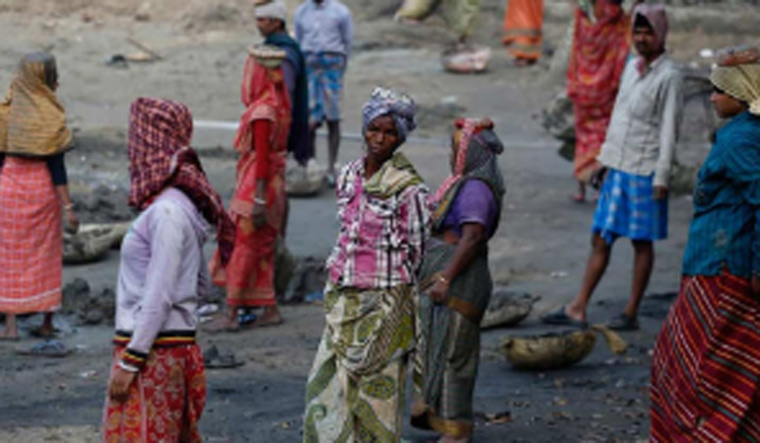Before the 2015 budget, Prime Minister Narendra Modi had termed as “a living monument of the failure of the UPA government” the Mahatma Gandhi National Rural Employment Guarantee Scheme (MGNREGA), which was the previous Congress-led dispensation's flagship scheme.
But a few weeks later, the then finance minister Arun Jaitley's budgeted expenditure for MGNREGA, which aimed to reach out to the poorest in India's villages, was Rs 41,699 crore. In comparison, the Congress had allocated Rs 33,000 crore during its last year in office.
The National Rural Employment Guarantee Act provides at least 100 days of manual work with daily wages to every household in the countryside.
The fact that the Modi government stepped up the budget allocation for MGNREGA from Rs 48,000 crore in 2017-18 to Rs 55,000 crore in 2018-19 indicates the importance of the scheme in the context of not only rural employment, but also development in order to deal with rural distress.
In fact, in the 2016-17 budget, the allocation under MGNREGA was Rs 38,500 crore, but this was later increased to Rs 47,499 crore, in a bid to soften the blow of demonetisation—an action that had made rural India bleed.
The Economic Survey, 2018 mentions that 4.6 crore households were given employment under MGNREGA as on January 14, 2018. More than half—54 per cent—of these jobs went to women last year. According to the Economy Survey, this has been the trend from 2013-14.
At a time when the BJP, and in particular Prime Minister Modi, are bending over backwards to woo the angry farmers and rural labourers reeling under financial distress, MGNREGA will be one of the tools they will use to pump money into the rural sector. It is easier to do this than to add to the burden of loan waivers, and it is a tried and tested way of effecting cash transfers.
The NITI Aayog, in its Three Year Action Agenda ending 2019-20, has mooted that the MGNREGA be strengthened in terms of monitoring. The think tank suggests using geo-tagged photographs of assets created under the scheme, social audits by independent agencies and linking MGNREGA and the government's skill development programmes as envisaged in the Livelihoods in Full Employment project launched in 2015. The NITI Aayog has suggested setting aside 10 per cent of the MGNREGA budget for this.
By a rough, thumb rule calculation, the Modi government may enhance the allocation for MGNREGA to little over Rs 60,000 crore in order to not dilute what will go as wages and for covering a growing number of people. The aspects of inclusion and exclusion will also possibly be addressed, as there is a feeling in the NITI Aayog that the benefits of MGNREGA have been “disproportionately reaped by some of the more prosperous states”.



